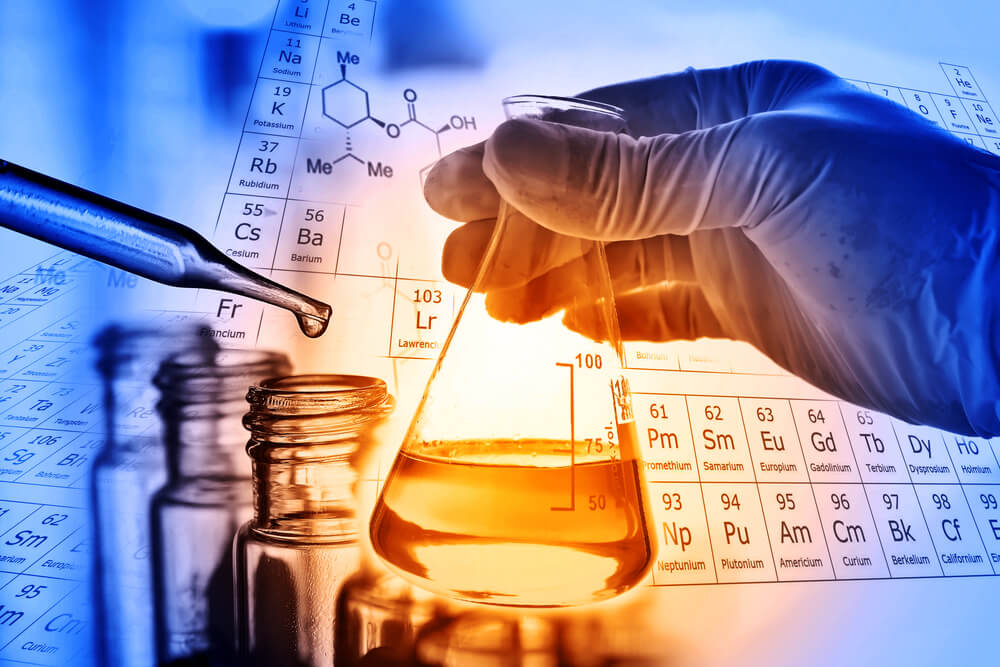Introduction: Phenol is a common chemical used in homes, institutions, and commercial setups for a variety of uses. It can be used to disinfect and keep environments free of bacteria and safe from harmful invisible germs. Or it can also be adapted to make other products like surgical antiseptics, plastics, mouthwash, polycarbonates, nylon, detergents, herbicides, and even pharmaceutical drugs. Phenol comes from several manufacturers in a range of packaging as per the requirements of the clients or customers. However, like all other chemicals, phenol has its dangers if it is not handled with care and stored safely. All chemicals pose a real and present danger. So, what causes a chemical burn with phenol? Let’s discover more below.
.png)
Major Causes of a Phenol Skin Burn Treatment
Phenol's greatest hazard for misuse is its ability to penetrate skin tissues fast. These can be some or all of the major causes of skin burns with phenol.
- Handling hazardous acids and chemicals without protective or safety gear.
- Poor chemical storage facilities that don’t comply with standard protocol.
- Inexperienced and untrained allowed to handle dangerous chemicals.
- Exposure to children or minors without regard to complete barring measures.
Potential Effects and Dangers that Can Be Caused by Phenol Chemicals
- Skin burns or persistent irritations
- Eye, nose, and throat discomfort
- Central nervous system disorientation
- Internal organ damage and inability to function (especially kidney)
- Muscle aches and tremors
- Convulsions and fits
- Severe body weakness and exhaustion
- Vomiting, nausea, and diarrhoea
- Denatures proteins as a protoplasmic poison
- Excessive intake or ingestion causes peripheral nerve damage.
- Initial blood pressure elevation and gradually low blood pressure suppression
- Accidental or intentional ingestion in high amounts is fatal or causes death.
The initial responses and reactions to phenol burn treatment are important in containing phenol’s potentially life-threatening effects. Whether it is skin burns or severe respiratory effects, these essential responses contain the best solutions to contain the extent of damage.
Best Solutions and Strategies in Severe Chemical Burns Treatment
- Rinsing with water to reduce the strength of the contaminant can create instant impact on the affected area.
- Remove contaminated clothing, jewelry, and other articles of clothing to allow proper rinsing and washing off.
- Getting instant chemical injury first aid from trained practitioners and physicians
- Ensuring constant training and empowering chemical handlers with the best skill and equipment that protect and keep them safe in their tasks and duties.
- Building secure, standard, and conforming chemical storage facilities that enhance safety and first aid readiness at all times.
- Follow all safety instructions on use, handling, and storage for better results while handling the chemicals.
Summary: All chemicals pose a present and real danger to human skin and living tissues. With their toxicity and reactive acidic properties, chemical burns, and especially phenol burn require a fast response to reduce the level of damage and discomfort to victims. Although phenol has been adapted into products for human use and consumption (especially healthcare drugs), it has been used in minute quantities that pose no real threat or effect.
For More Info :-
Source URL :- https://sites.google.com/view/chemical-eye-wash/home

No comments:
Post a Comment